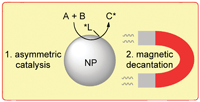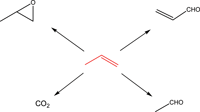 Catalysis Science & Technology is celebrating Easter by highlighting all recently published review articles.
Catalysis Science & Technology is celebrating Easter by highlighting all recently published review articles.
Thank you to all our authors and referees who have made Catalysis Science & Technology such a success since its launch last year.
A review of NOx storage/reduction catalysts: mechanism, materials and degradation studies
Gang Liu and Pu-Xian Gao
Selectivity via catalyst or substrate control in catalytic asymmetric transformations of bifunctional symmetrical substrates
David S. Glueck
Design strategies for engineering selectivity in bio-inspired heterogeneous catalysts
David J. Xuereb and Robert Raja
Recent advances in asymmetric catalysis with cinchona alkaloid-based primary amines
Lin Jiang and Ying-Chun Chen
Deactivation and regeneration of wet air oxidation catalysts
Sylvain Keav, Jacques Barbier and Daniel Duprez
Non-covalent immobilization of asymmetric organocatalysts
Long Zhang, Sanzhong Luo and Jin-Pei Cheng
Hydrogen production from ethanol via inorganic membrane reactors technology: a review
A. Iulianelli and A. Basile
Nanokinetics for nanocatalysis
Dmitry Yu. Murzin
Unique catalytic features of Ag nanoclusters for selective NOx reduction and green chemical reactions
Kenichi Shimizu, Kyoichi Sawabe and Atsushi Satsuma
A review of the development of nitrogen-modified carbon-based catalysts for oxygen reduction at USC
Gang Liu, Xuguang Li, Jong-Won Lee and Branko N. Popov
Challenge and progress: palladium-catalyzed sp3 C–H activation
Hu Li, Bi-Jie Li and Zhang-Jie Shi
Carbene insertion into transition metal–carbon bonds: a new tool for catalytic C–C bond formation
Nicole M. G. Franssen, Annemarie J. C. Walters, Joost N. H. Reek and Bas de Bruin
Well-defined copper(I) complexes for Click azide–alkyne cycloaddition reactions: one Click beyond
Silvia Díez-González
Heterogeneous catalysis of the glycerol hydrogenolysis
Yoshinao Nakagawa and Keiichi Tomishige
Join these authors and submit your work now!











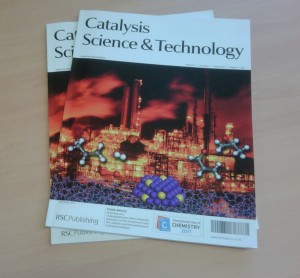

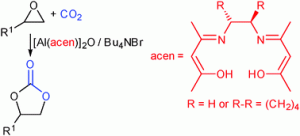
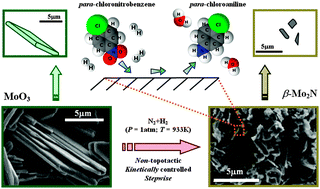
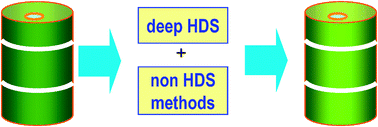
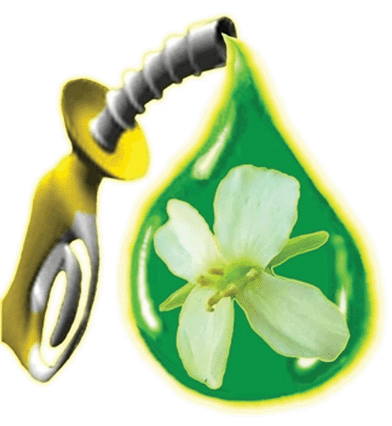
 MoS2 is a widely used catalyst in hydrotreatment processes, like hydrodesulfidation (HDS) and CO hydrogenation, for the production of cleaner fuels in the oil refining industry.
MoS2 is a widely used catalyst in hydrotreatment processes, like hydrodesulfidation (HDS) and CO hydrogenation, for the production of cleaner fuels in the oil refining industry.
